Six Tips For Preventing Injuries and Staying Fit For Life
Len At Nearly Seventy
1. Periodize
Legitimate fitness programs are periodized. Periodization, quite simply, is change. Fitness programs must change to rotate stress. Continually stressing the same joints, muscles and physiology leads to injury. Make a plan that regularly changes your short-term goals, exercises, rest intervals, volume and intensity. Periodized exercise programs cannot be created haphazardly – too much change and you will lose sight of long-term goals.
2. Manage Your Posture and Muscular Balance
The foundation of musculoskeletal wellness is posture and muscular balance. A well aligned body with balanced strength will evenly distribute stress. This resilience is lost when the body shifts alignment to compensate for gravity. For example, when a load is held in front of the body the spine will curve toward the front. When a load is held to the right side of the body the spine will curve toward the right. A load to the left side of the body shifts the curve to the left. Finally, a load held behind the body results in the spine curving towards the rear. Spine movement is controlled by the coordinated action of muscles – some becoming tight while others relax. Unfortunately, shifts in alignment tend to persist causing a host of problems. Tight muscles become overused and injured. Uneven wear occurs on bony surfaces and joints become either too narrow or spread apart. A return to good alignment and muscular balance requires the introduction of corrective loads as well as a system of stretching tight muscles and activating relaxed muscles. Simple postural cuing (such as “keep your chest up with shoulders back”) will accomplish very little. Tarodo Gravity is the cutting-edge system for managing posture and muscular balance. Stay tuned to this website for seminars, videos and future articles.
3. Warm-up properly
The most effective warm-up rehearses target movements while activating weak muscles. For example, progressive squatting (multiple sets of squats which get incrementally heavier ) is the best way to prepare your body for high-intensity squatting. With each warm-up set, improve strain distribution by activating weak muscles (those that are specific to your posture). Warming up in this manner can turn a brutal squatting session into a workout that actually helps heal!
4. Eat Well
We all know eating well is essential for losing fat, gaining muscle and performing intensely. However, I believe many people fail to make the association between nutrition and injury prevention. A prudent diet should include quality whole-foods from both animal and vegetarian sources. Eat whole eggs, organic red meat, fish, dark greens and berries to ensure a vigorous quality of life! Specific foods and nutrients that have shown up in research regarding soreness and recovery include: tart cherry juice, caffeine, blue berries, curcumin and tomato. Cycle foods and nutrients into and out of your diet to discover which works best for you.
5. Find a Great Soft Tissue Practitioner
Not all soft tissue techniques are created equal and practitioner ability varies tremendously. Personally, I have found Active Release Techniques, as developed by Dr. Leahy, to be a great tool. Find a master of ART and stick with him/her. Combined with the concepts above, no soft tissue issue will be insurmountable!
6. Be Patient
Know when to delay striving for a goal in favour of rest and recovery. Value your longevity above all else. A planned short-term layoff is always better than an unplanned long-term layoff!
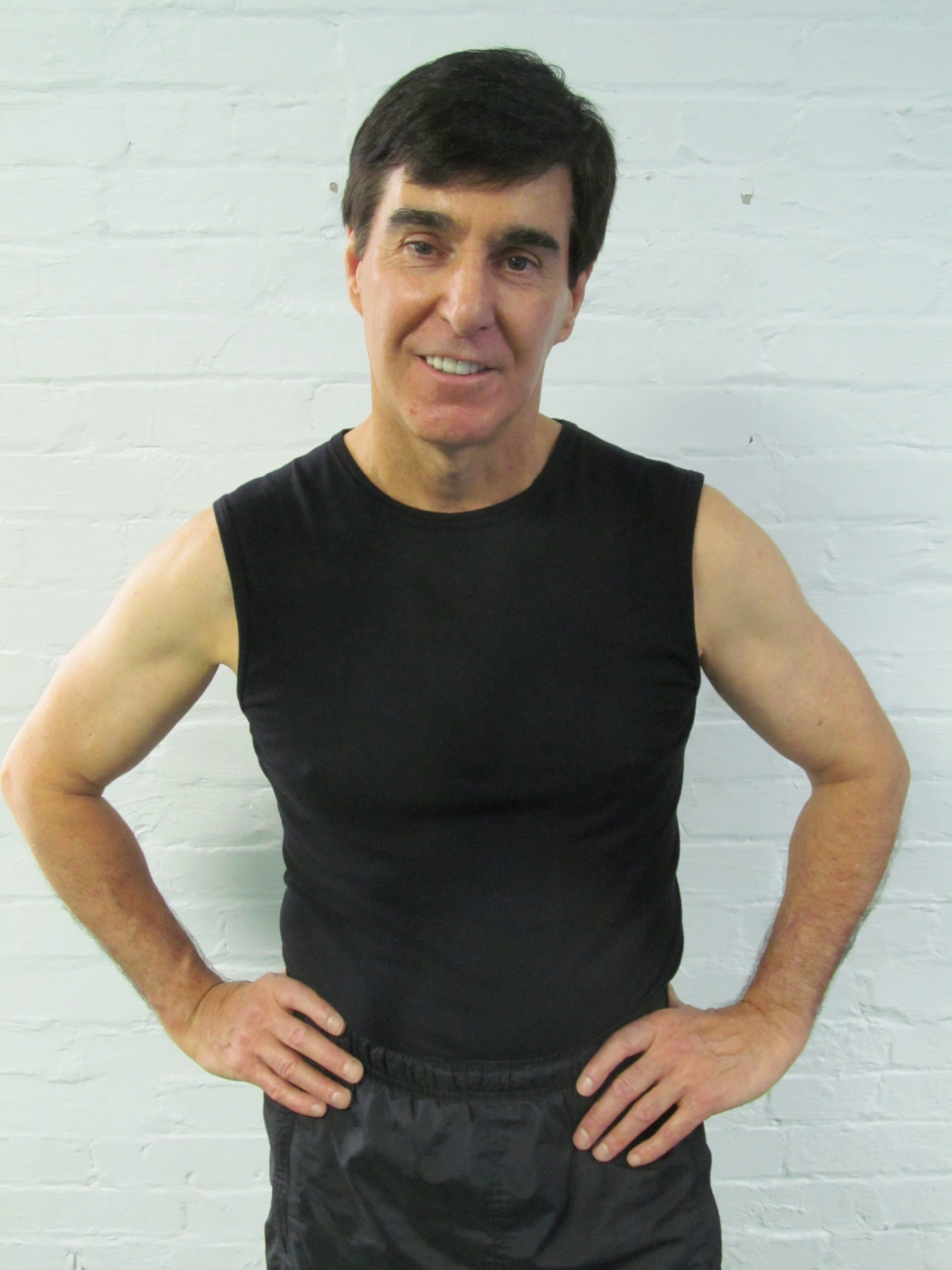

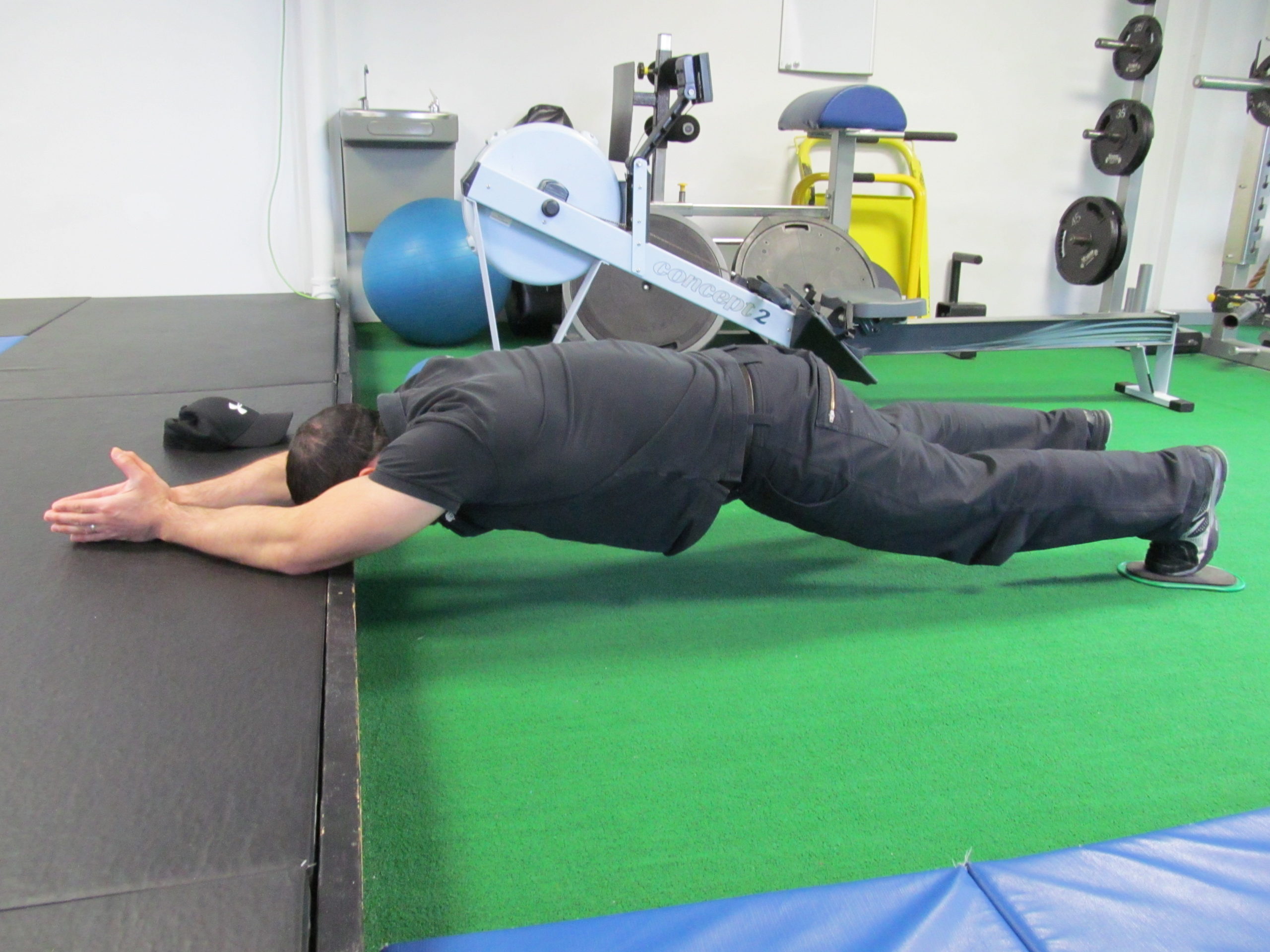




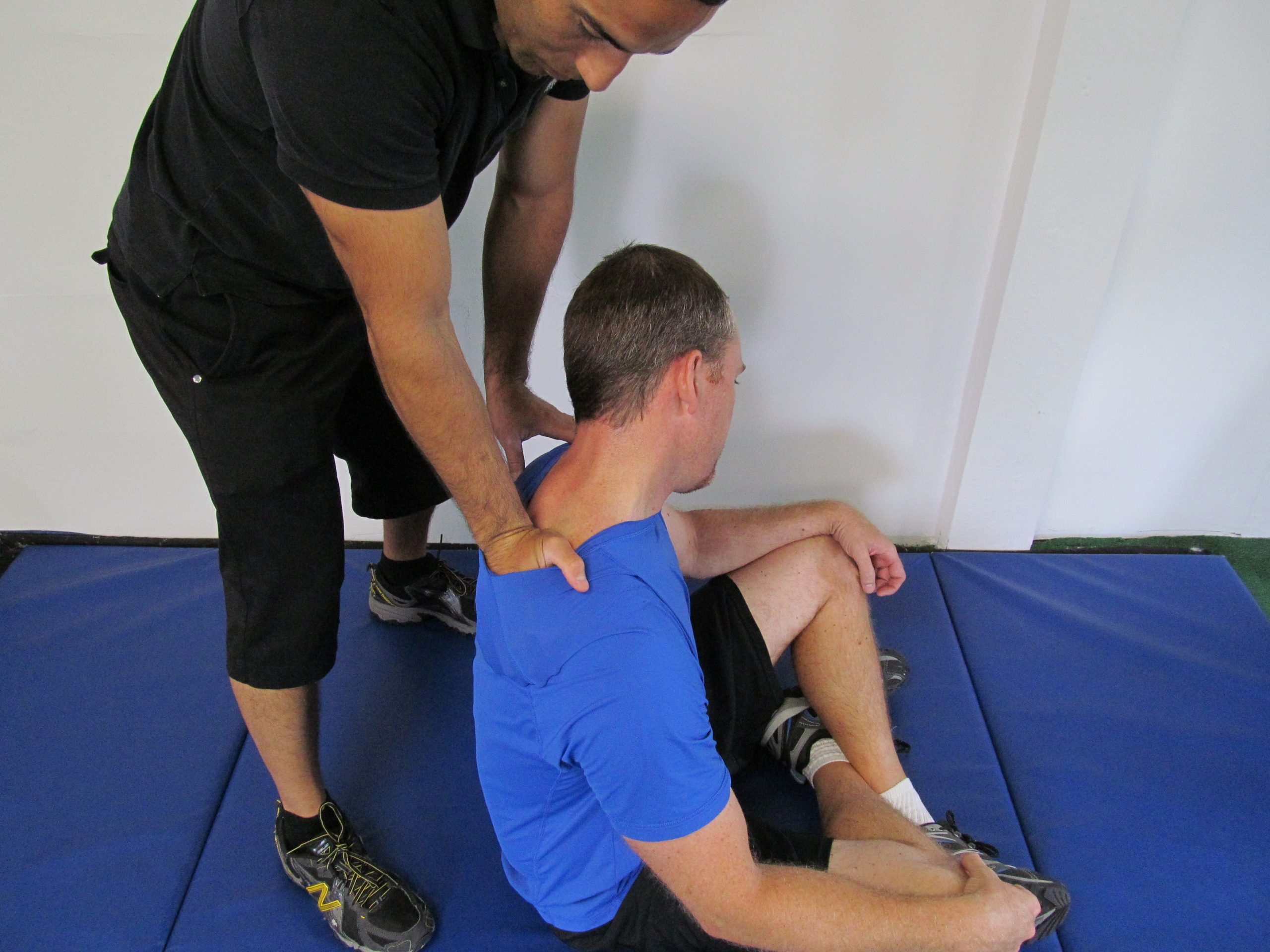
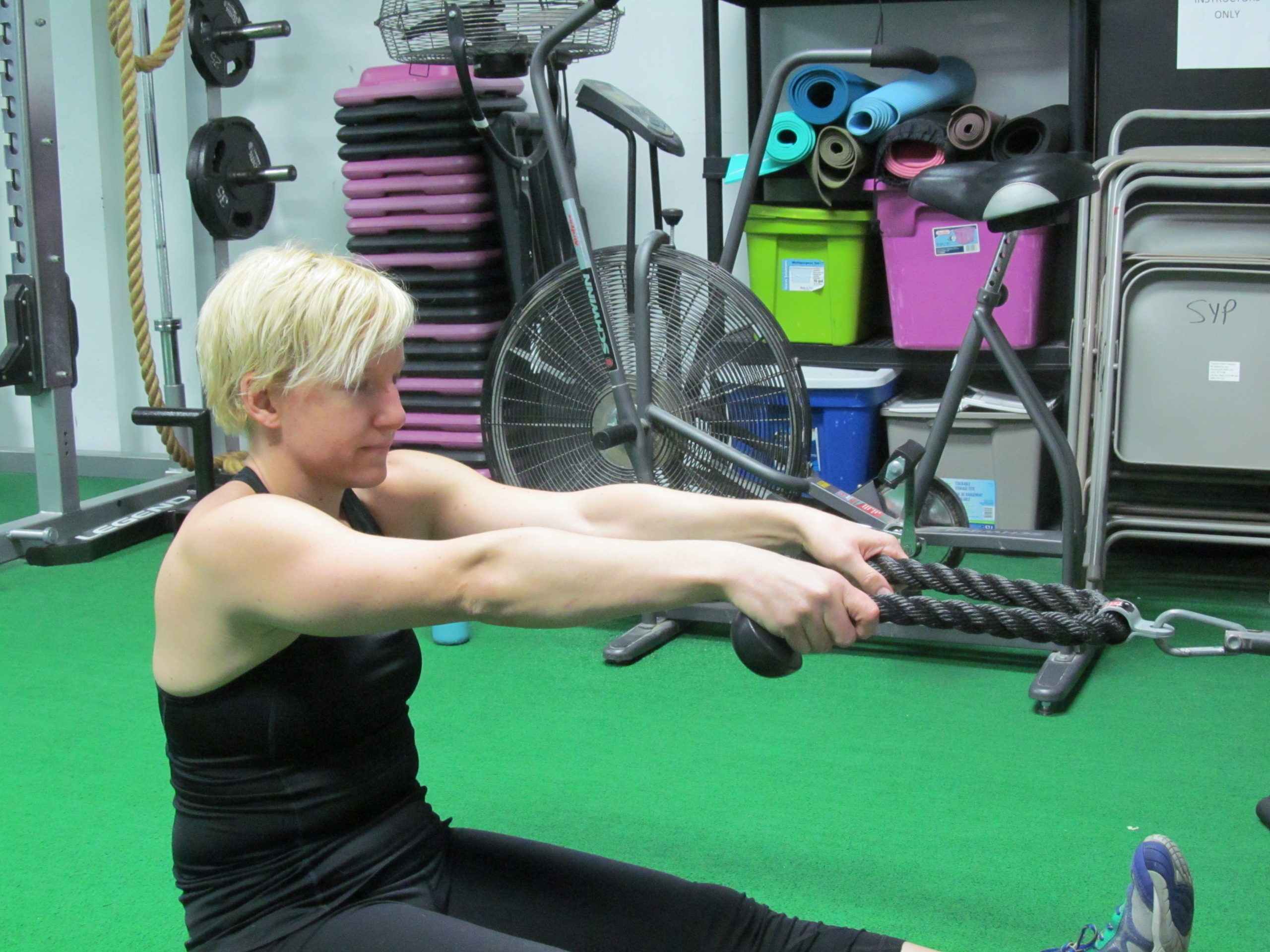
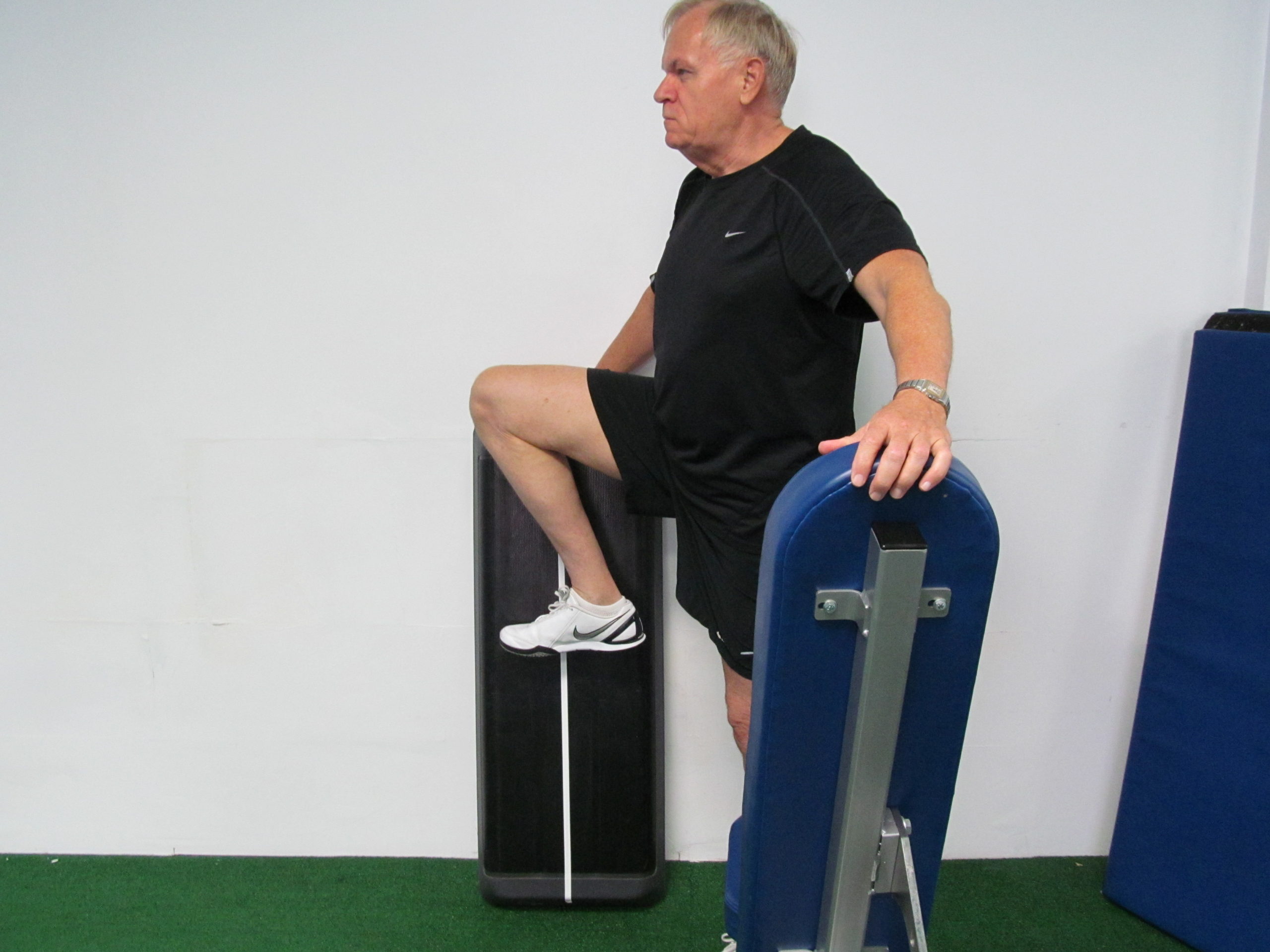
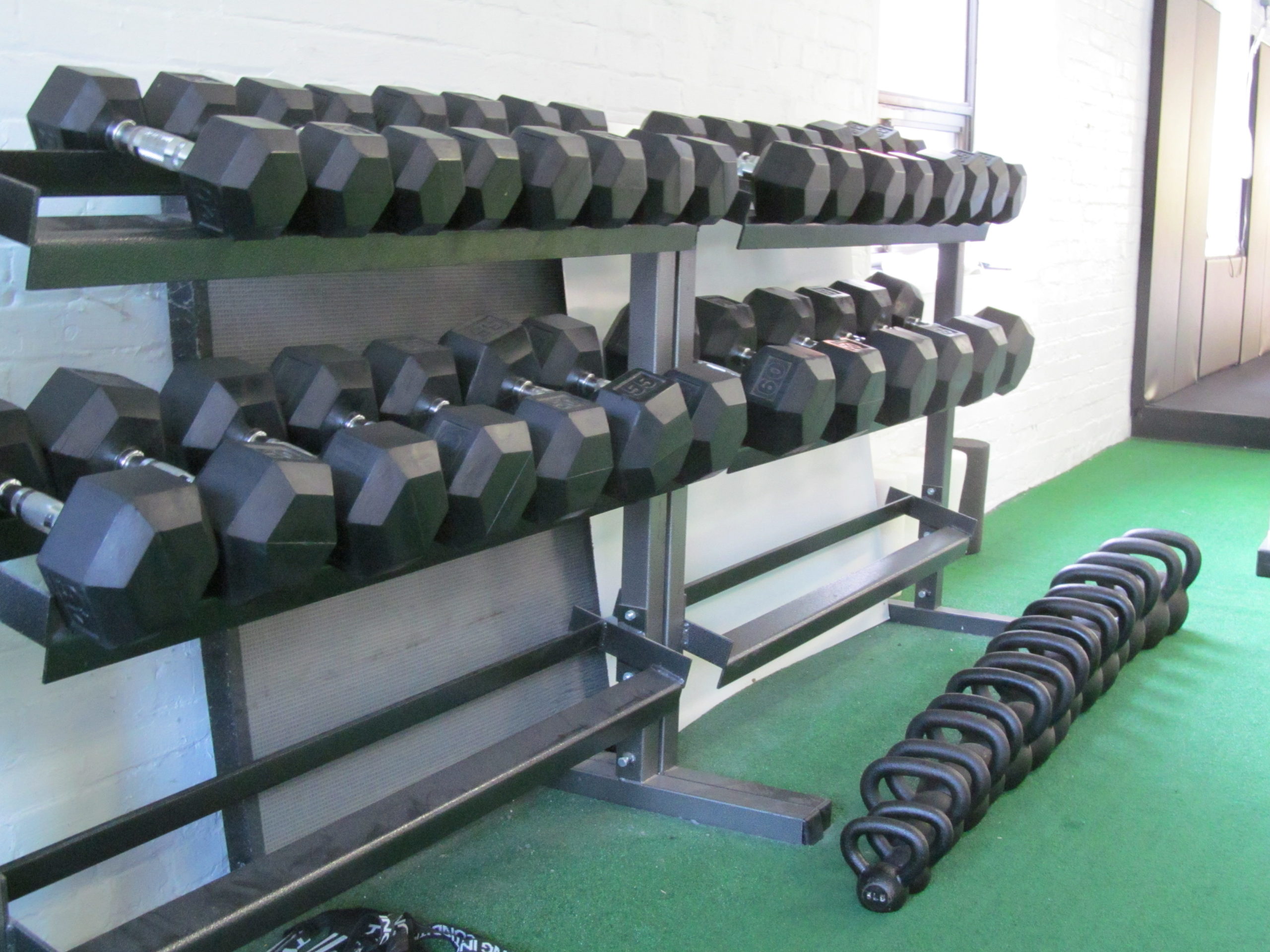
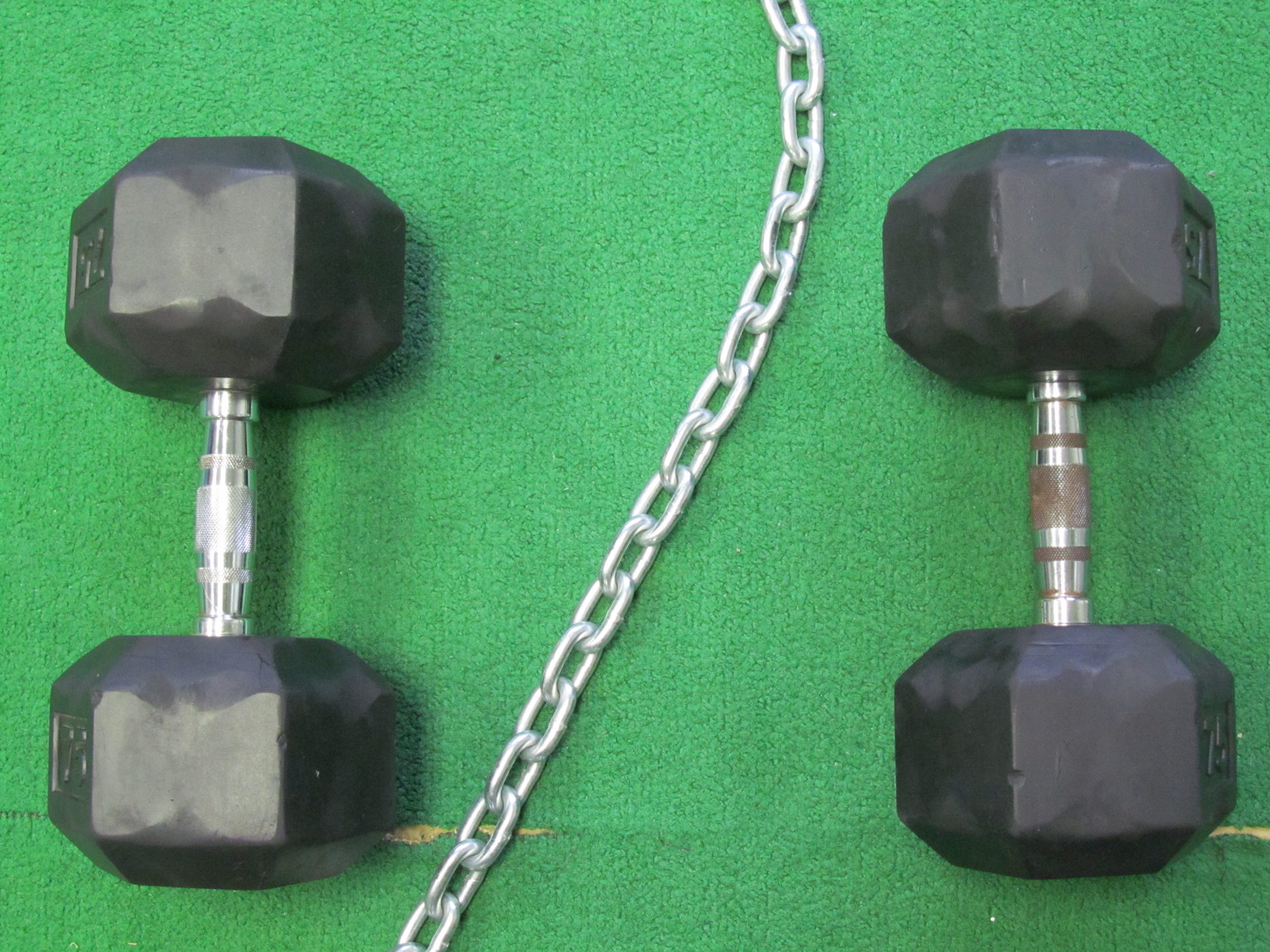
Recent Comments